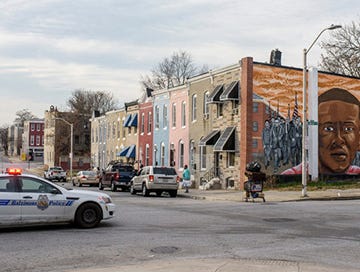Seeing White, S2 Ep 11, "Danger"
When we identify "White" as a metaphor for power, it's helpful to hear from those who are on the "receiving" end of this inequity.
There is also benefit from hearing from those who are socialized as "White." The burden of inequity is one that we all share. With this in mind, the podcast "Seeing White" is an excellent exercise in exploring and interrogating our assumptions about "Whiteness."
Listen to this episode "Danger" which examines the specter of "Black" as a metaphor for danger. What are the ethical considerations for stereotyping various social groups? How can we combat these images we hold of one another? Let us know what you think.
The Misogynoir to Mishpat (M2M) Research Network (c) 2023
Episode 41: Danger (Seeing White, Part 11)
For hundreds of years, the White-dominated American culture has raised the specter of the dangerous, violent black man. Host John Biewen tells the story of a confrontation with an African American teenager. Then he and recurring guest Chenjerai Kumanyika discuss that longstanding image, and its neglected flipside: white-on-black violence.
Unlike explicit bias, which reflects the attitudes and actions that someone has at a conscious level, implicit bias is judgment and behavior that often operate unconsciously, and without intentional control. How does someone’s unconscious reaction to people of a different race influence their judgment and behavior? What are some examples?
https://implicit.harvard.edu/implicit/education.html
S2 E11: Danger
June 28, 2017
For hundreds of years, the white-dominated American culture has raised the specter of the dangerous, violent black man. Host John Biewen tells the story of a confrontation with an African American teenager. Then he and recurring guest Chenjerai Kumanyika discuss that longstanding image – and its neglected flipside: White-on-Black violence.
Photo: A police car near a mural of Freddie Gray in the Baltimore neighborhood where he lived. Photo by Matt Roth for the New York Times.




